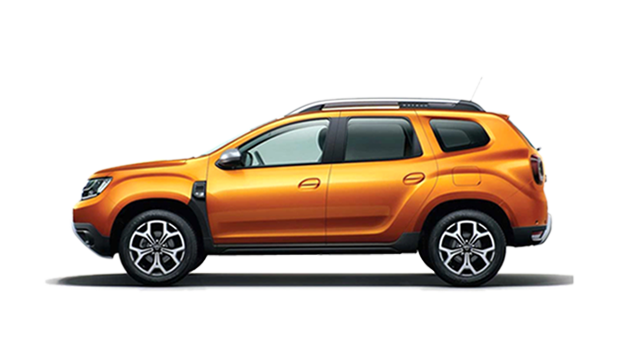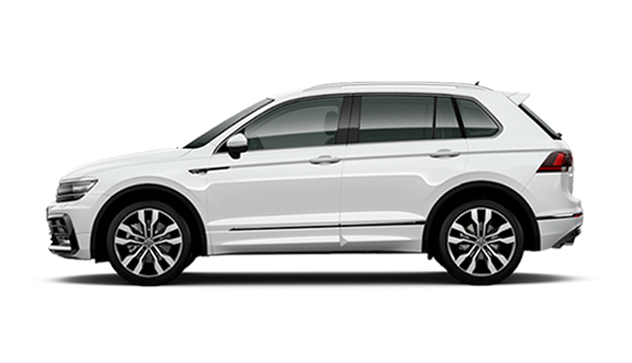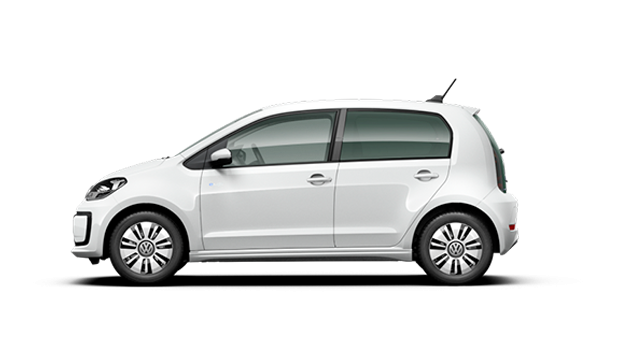Want to visit Iceland when the weather is (relatively) warm and the sun is shining? There might be no better time to visit Iceland than July. Visiting Iceland in July means that some of Iceland’s best sights are right at your fingertips. Stroll the black sand beaches, road trip the Ring Road, and take part in local summer festivals!
Here’s everything you need to know about traveling to Iceland in July.
- Related readings: Iceland in June, Iceland in May
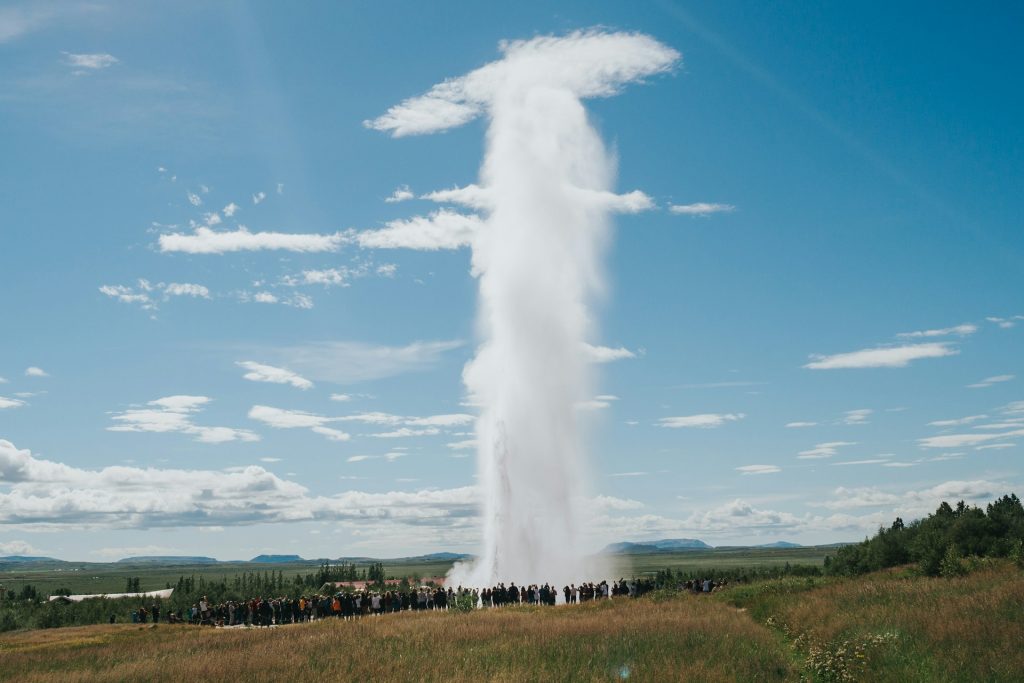
Iceland weather in july
July weather in Iceland is generally sunny and warm.
Iceland sees its warmest temperatures in July. The average temperature in July in Iceland is a high of 57°F and a low of 48°F. About two inches of rain falls during this time, which means that July is one of the lowest precipitation months of the year.
Can you see the Northern lights in Iceland in July? The answer is NO.
While you won’t get the chance to witness the magical northern lights during Iceland’s summer, you will experience another phenomenon – the midnight sun! Daylight hours during Icelandic summer are very long, stretching to daily 20 hours of daylight in July. Even when the sun does dip below the horizon, the skies never truly darken.
Visiting Iceland during the midnight sun means that you’ll have extra time in your day for exploring and visiting sights when the other tourists have gone to bed – especially if you rent your own car!
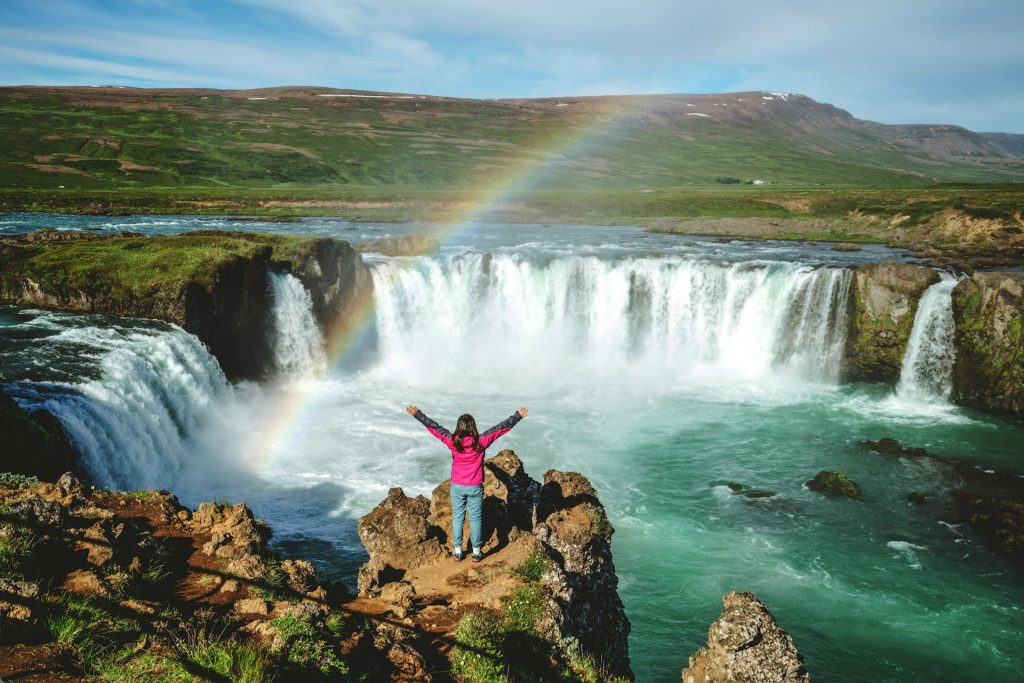
What to Wear in Iceland in July
You might be wondering, what should I pack for Iceland in July?
Even in the summer months, Iceland can be surprisingly chilly. This isn’t a summer vacation where you’ll need flip flops! Even shorts might go unused if you bring them along. The key to staying comfortable is bringing layers.
Here’s what to pack if you’re visiting Iceland in July:
1.Breathable short sleeve shirts
Why Pack Them: Ideal for the milder days and essential when you layer up. They’re perfect under sweaters or jackets when the temperature dips.
2. Thermal layers
Why Pack Them: These are your base layers that will keep you warm even on colder days, especially in the evenings or when exploring higher altitudes.
3.Lightweight jacket or coat
Why Pack Them: These are your base layers that will keep you warm even on colder days, especially in the evenings or when exploring higher altitudes.
4.Rain jacket
Why Pack Them: Iceland can be wet, even in July. A good waterproof and breathable rain jacket is essential to keep you dry during sudden showers or misty conditions near waterfalls.
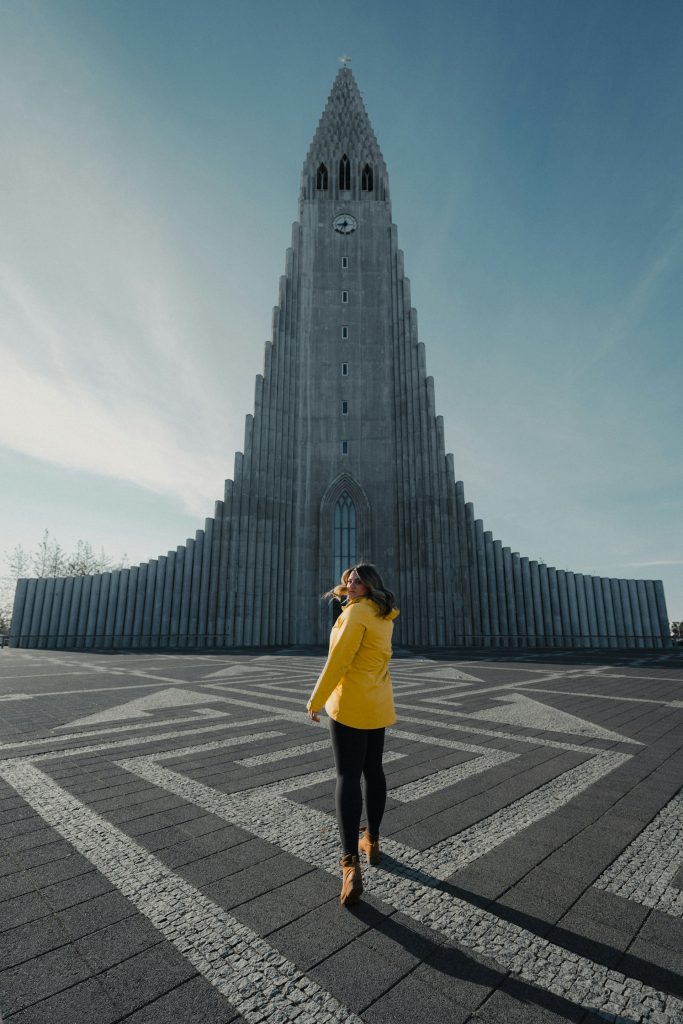
5.Sweaters
Why Pack Them: A couple of warm sweaters will help you adjust your body temperature easily as you move between indoor and outdoor activities.
6.Pants (preferably pants you can hike in!)
Why Pack Them: Durable and comfortable pants are essential, especially if they are water-resistant and quick-drying. Iceland’s terrain can vary, and you’ll likely engage in some light to moderate hiking.
7.Gloves
Why Pack Them: Even in summer, mornings and evenings can be brisk, especially in more exposed areas or at higher elevations.
8.Warm hat
Why Pack Them: A good portion of body heat is lost through the head, so a warm hat is vital for those chillier days or when enjoying Iceland’s stunning landscapes at night under the midnight sun.
9.Wool socks
Why Pack Them: Wool socks are a must for warmth and comfort, particularly if you plan on hiking. They help in managing moisture and preventing blisters.
10.Sturdy pair of hiking shoes
Why Pack Them: A reliable pair of hiking shoes is crucial for the varied terrain, from smooth paths to rugged volcanic landscapes. They provide the necessary support and grip.
11.Swimming suit
Why Pack Them: You wouldn’t want to miss relaxing in Iceland’s natural hot springs! A swimsuit is essential for these blissful experiences.
12.An eye mask for sleep
The phenomenon of the midnight sun means it never gets completely dark in July. While most accommodations provide blackout curtains, an eye mask is invaluable if you’re sensitive to light when sleeping, or if you’re camping.
Most hostels and hotels have blackout curtains so these aren’t 100% necessary but if you’re planning to camp, you’ll be happy you bought them!
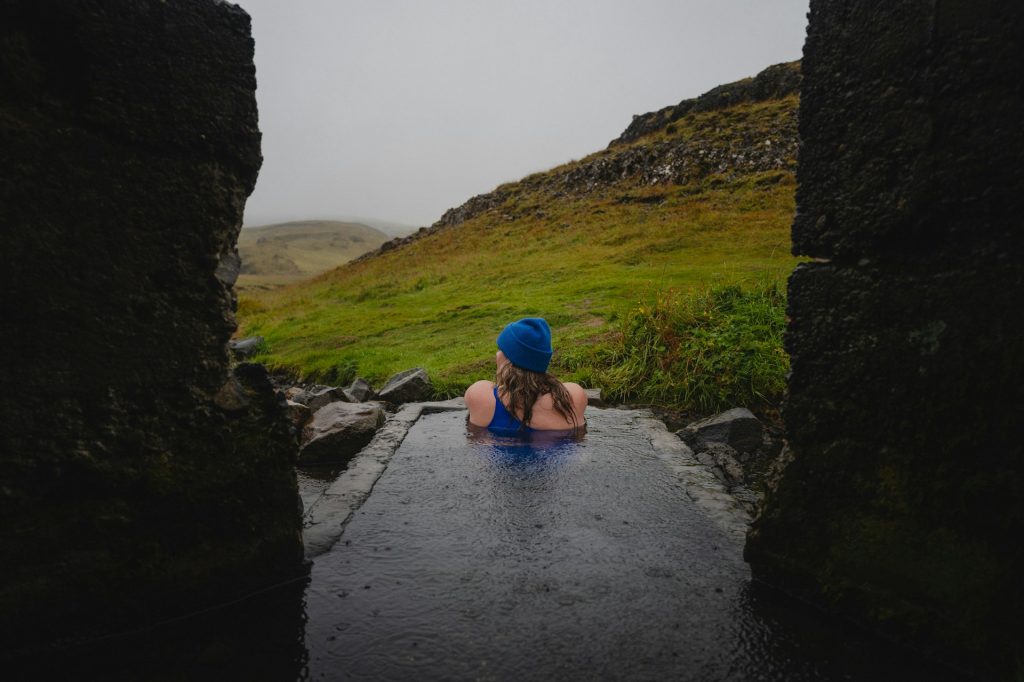
Best rental car for Iceland in July: how to get a cheap car in the peak season?
Renting a car in Iceland in July is one of your best options for seeing the sights and experiencing the best of the country. Many visitors choose to do a Route 1 road trip. Also known as the Iceland Ring Road, this is Iceland’s main highway that circumnavigates the country.
If you do decide to rent a car, summer is one of the best times to do so. You won’t have to deal with winter weather conditions or icy roads at this time of year and you’ll have long daylight hours if you’re planning on a road trip.
Choosing the right car will come down to what kind of activities you plan to do. Want to drive into Iceland’s interior (summer is the only time you can!)? You’ll need a 4×4 vehicle.
Just planning to stick to paved roadways? You can easily get by with a cheap standard car.
One of your biggest considerations if you want to rent a car in Iceland in July is to book your rental well in advance! Summer is the busiest time of year for tourism in Iceland and car rentals book up quickly. Plan to reserve your car at least 3 months in advance.
Our best recommendation of all? Rent your car through Firefly Iceland Car Rentals!
We offer very cheap rentals by Iceland standards – even in the busy summer months. The least expensive option you’ll find is $35 USD per day for a standard vehicle while 4×4’s can be rented for around $45 USD per day.
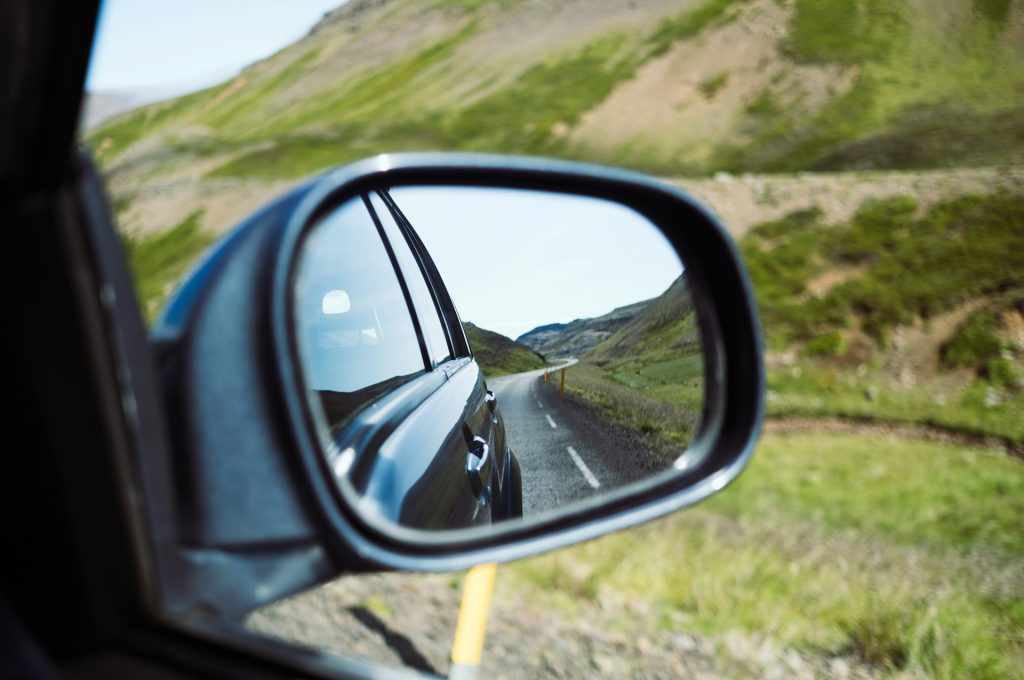
What to do in Iceland in July
If you’re looking for a fun excuse to visit Iceland in July, you’ll have plenty of options!
Hiking trails that you can only use in summer are open, whales have migrated back to Icelandic waters, and there’s an endless list of music festivals and summer fairs to attend. You’ll never run out of things to do when you’re visiting Iceland in July.
Here are some of the best things to do during the month of July in Iceland…
Attend a summer music festival or fair
July is one of the best times to visit Iceland if you want to attend a festival, fair, or cultural event! Several music festivals take place in July, including the Braedslan Music Festival in a tiny fishing village and the Siglufjordur Folk Music Festival. The Icelandic Horse Convention and LUNGA Art Festival also take place in July.
- Braedslan Music Festival: Set in a quaint fishing village, this festival transforms a former fish factory into a concert hall, showcasing a blend of local and international artists. It’s a perfect blend of rustic charm and melodic genius.
- Siglufjordur Folk Music Festival: Dive deep into Icelandic traditions at this charming festival, where folk music fills the air and the scenic fjord serves as a backdrop. It’s a heartwarming homage to Iceland’s musical heritage.
- The Icelandic Horse Convention: Held in July, this event celebrates Iceland’s unique breed of horses with shows and interactive sessions. It’s a must-see for equine enthusiasts.
- LUNGA Art Festival: For a burst of creativity, the LUNGA Art Festival in Seydisfjordur invites you to immerse in art workshops, performances, and installations, all sparked by the creative minds of young artists.
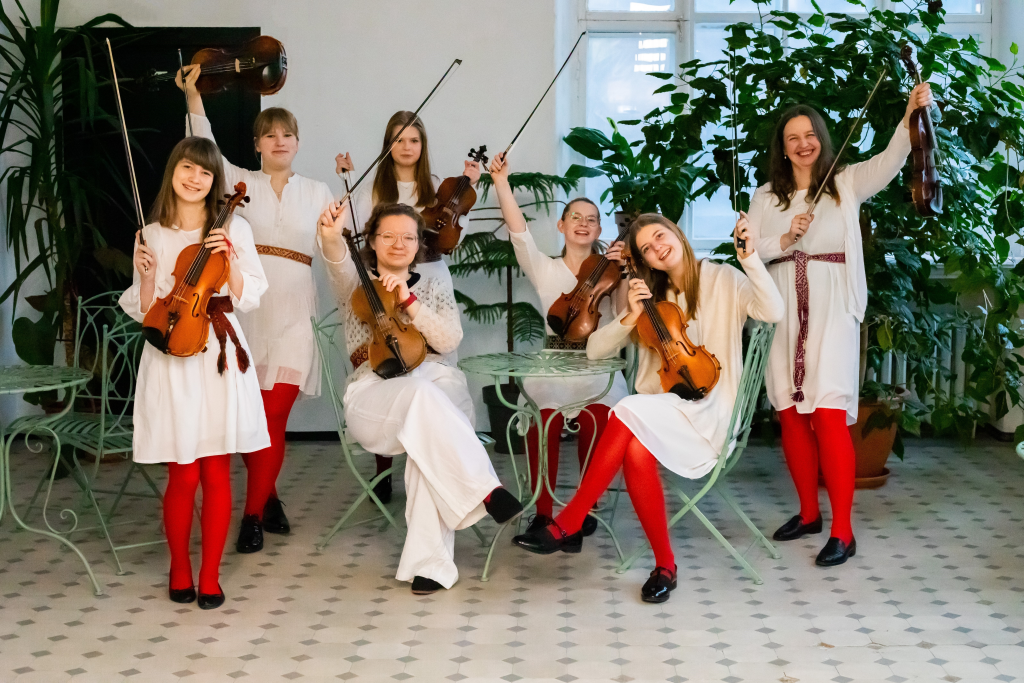
Photo from Siglufjordur Folk Music Festival official website
Explore Iceland’s Stunning Landscapes
Iceland’s July scenery is something out of a dream. Here are some must-visit spots:
- South Coast Wonders: Drive along the South Coast to witness a lineup of Iceland’s most famous sights—black sand beaches, dramatic waterfalls like Skogafoss and Seljalandsfoss, and the quaint charm of villages like Vik.
- Jökulsárlón Glacier Lagoon: Further east, the Glacier Lagoon offers a surreal experience where large icebergs break from a glacier and drift serenely on the water. Nearby Diamond Beach, where these icebergs wash ashore, creates a stark contrast against the black sand.
- Hornstrandir Nature Reserve: For the intrepid explorer, a trip to the remote Hornstrandir Nature Reserve in the Westfjords is unforgettable. Accessible only in summer, this area offers unmatched hiking and the chance to see Arctic foxes in their natural habitat.
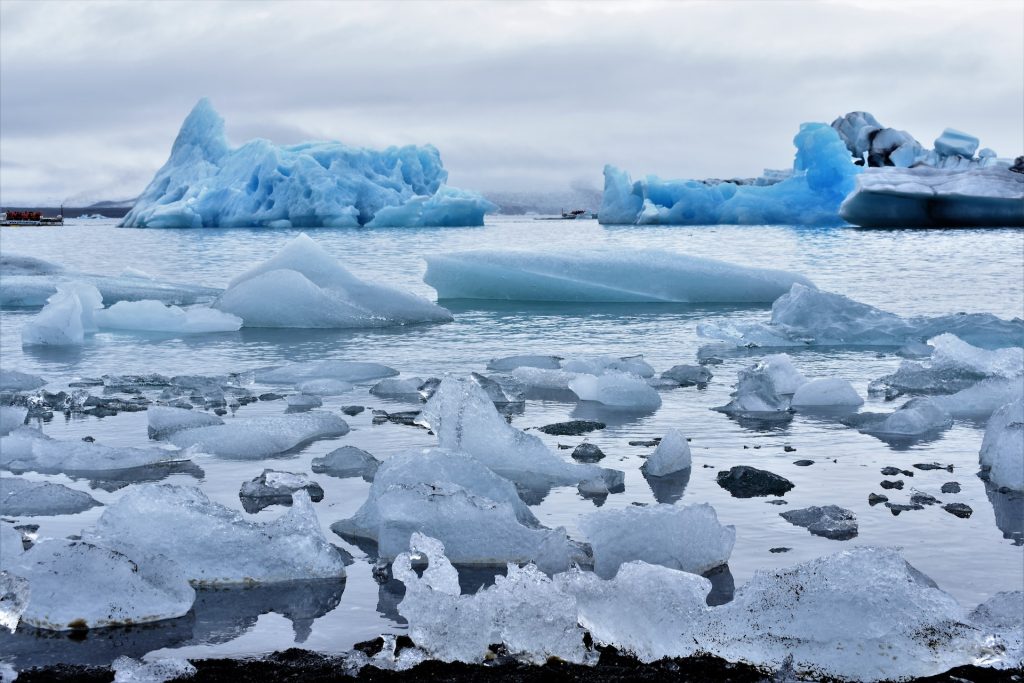
Take a road trip around the Iceland Ring Road
Driving the entirety of Route 1 is a rite of passage in Iceland and there’s no better time to do it than summer! You can complete the circle with a standard vehicle or rent a 4×4 so you can do some exploring in Iceland’s remote interior along the way. Those who follow the Ring Road will see many of Iceland’s highlights, like Reynisfjara Beach, Seljalandsfoss waterfall, and Diamond Beach, but you’ll also get off-the-beaten-path, passing through tiny villages and remote East Iceland.
If you don’t want to commit to a long road trip, you can also do the Golden Circle which is an easy day trip from Reykjavik, the route can take you to þingvellir National Park – where you can see two different tectonic plates and it is also the Vikings used to hold council!
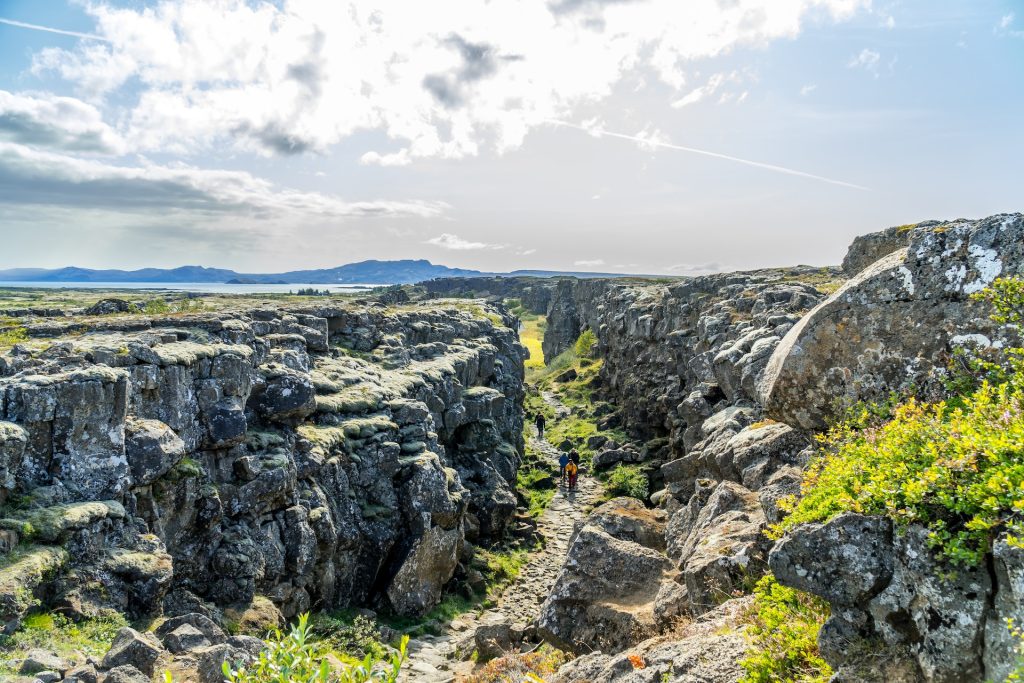
Whale Watching with a Boat Tour
Whales return to the water off Iceland in the summer months which makes this the best time of the year to go whale watching! You’ll also stay warmer as these trips can get chilly in the shoulder season.
Tips: lthough summer, remember that out at sea, it can still be brisk. Dress warmly, and let the thrill of spotting these gentle giants heat you up from the inside!
Visit Iceland’s remote interior via 4×4
Iceland’s remote interior, also known as The Highlands, can only be visited from June to August due to snow and ice. Take the opportunity to see beautiful sights like landmannalaugar in the highlands and remote natural hot springs. This is also a great opportunity to get out on hiking trails that are only accessible in the summer months!
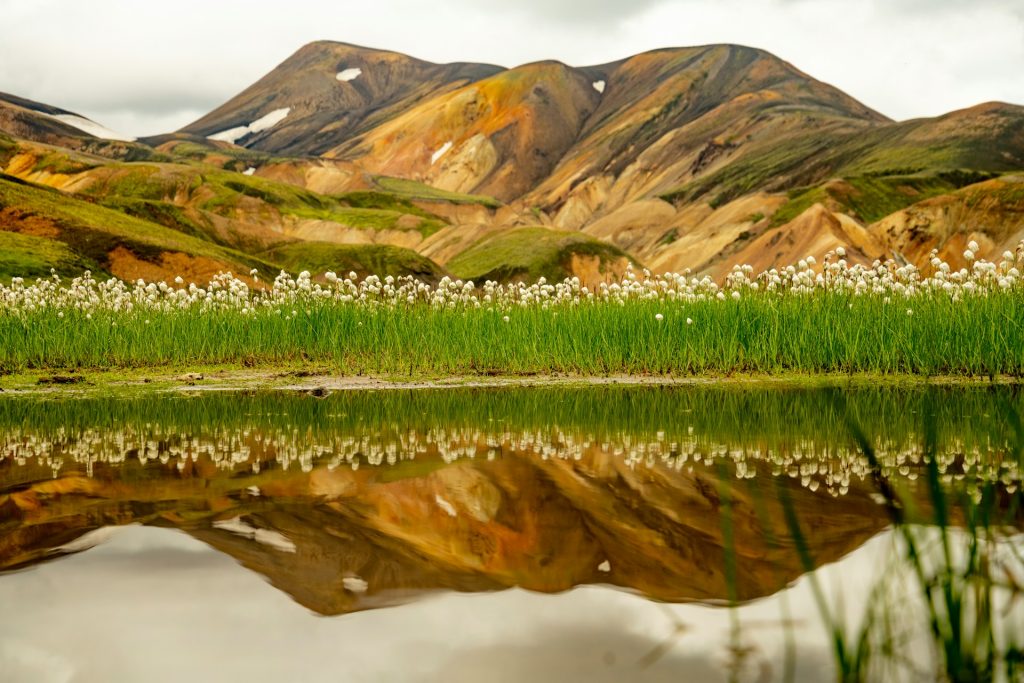
Tips for Visiting Iceland in July
The best tip you can follow for visiting Iceland in July is to book early! This is peak tourism season in Iceland.
Make all of your reservations for your accommodations, car rentals, and activities at least 3 months in advance, if not more.
As far as safety goes, avoid driving off road and always follow posted signage. Iceland has many remote and rugged areas where help is few and far between. Rent a 4×4 vehicle if you’re planning to drive into the interior (it’s illegal to drive here with a standard car!) and have Iceland’s emergency number, 112, programmed into your phone.
Always dress in layers, especially if you’re planning a long hike! The weather can turn quickly in Iceland and you need to be prepared for cold and rain at all times.
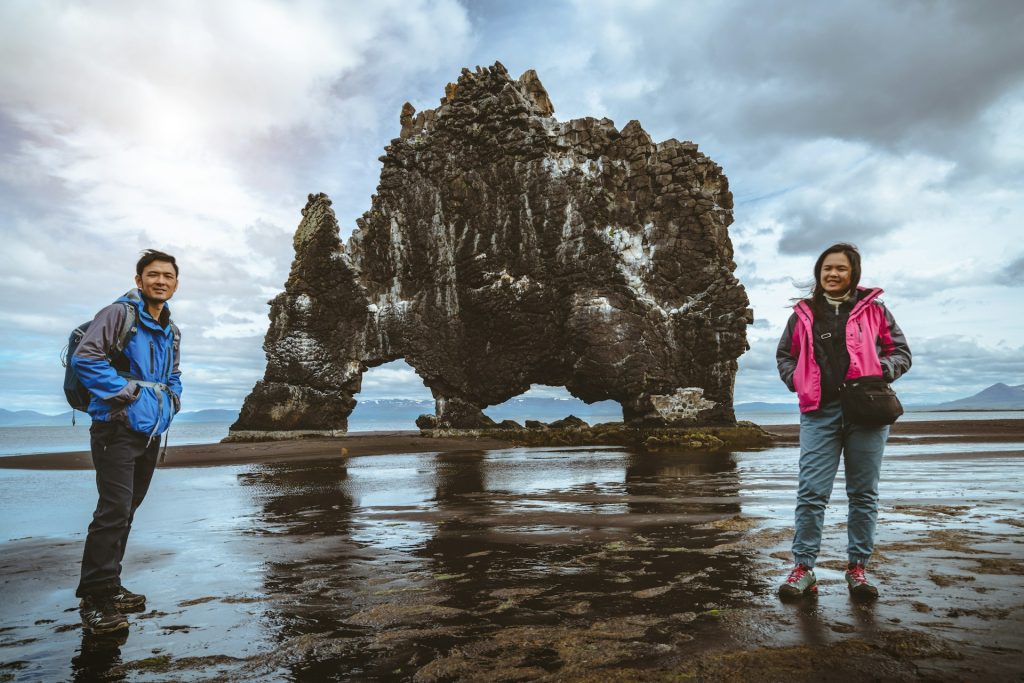
Conclusion
July in Iceland is one of the best times of year to visit. The shining sun and warm weather means that you can explore to your heart’s content. Plan your trip well in advance and you’ll have a wonderful time!
Share this article on your social media accounts to inspire friends and family. Who knows – maybe you’ll find someone to go with you on your Iceland adventures! If you do decide to visit the Land of Fire and Ice in July, be sure to book a rental car with Firefly Iceland Car Rentals to make sure you have the best time possible.

